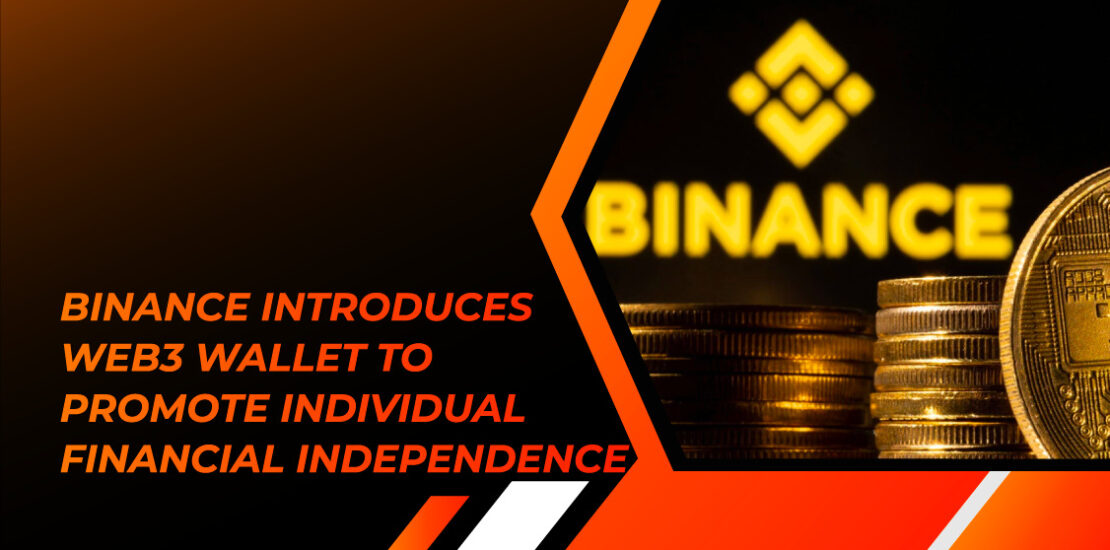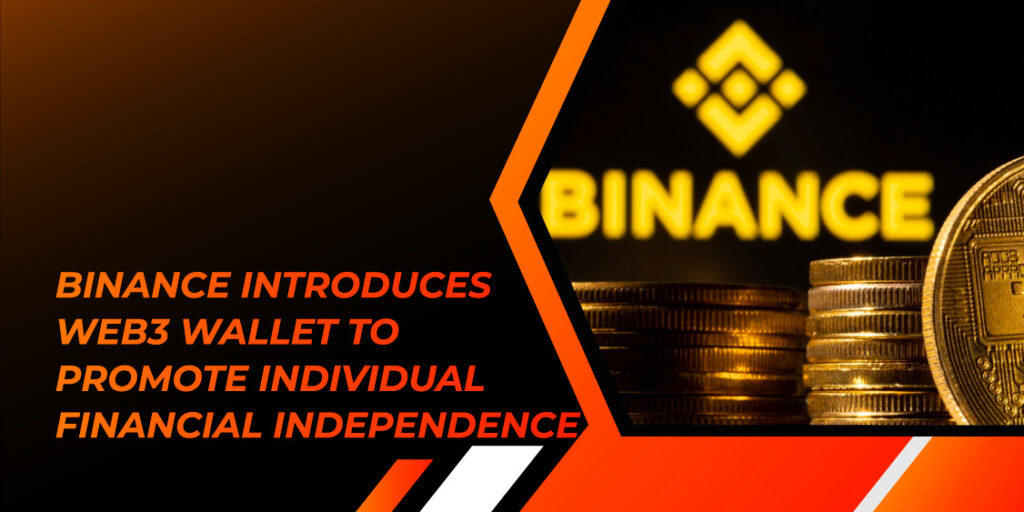- November 9, 2023
- Posted by: [email protected]
- Category:


Binance, a leading digital asset exchange, has introduced a web3 wallet as a user-friendly gateway to self-custody, making this announcement at the Binance Blockchain Week Conference held in Istanbul. This innovative wallet can seamlessly integrate with 30 blockchain networks and provide access to various decentralized applications (dApps), offering users greater control over their digital assets.
Binance CEO Changpeng Zhao emphasized the importance of enabling users to explore diverse methods of safeguarding their digital assets. He described Web3 wallets as an integral component of the Web3 framework, providing individuals with the ability to exercise self-sovereign finance.
The newly launched web wallet is accessible to all Binance App users, positioning it to compete with existing wallets like MetaMask and Trust Wallet. It’s worth noting that Binance owns Trust Wallet, and while the roles of these wallets may overlap, the new wallet is expected to be easily accessible through the Binance platform.
While Binance emphasizes the ease of transitioning users to alternative storage solutions, it remains uncertain whether Know Your Customer (KYC) verification will be obligatory for using the service. The company’s primary focus is to ensure that users can explore the world of Web3 in a user-friendly and secure environment.
In recent years, web3 wallets have encountered security challenges due to malicious activities, resulting in significant losses. To address this issue, Binance has implemented multi-party computation (MPC) in its wallet. This innovative approach divides private keys into three parts, distributing key shares in a way that minimizes associated risks.
By having the key shares distributed across three distinct locations, the risk of key compromise is significantly reduced, enhancing the overall security of the system. Of the three key shares, two are held by users, while the third is retained by the company. One of the key shares held by the user is stored on their mobile device, and the other is secured through a password recovery process backed by cloud storage.
While this method offers robust security, Binance advises users to remain vigilant and protect their details at all times. According to Richard Teng, Head of Regional Markets at Binance, this approach alleviates concerns about losing seed phrases, boosting user confidence when engaging in a secure web3 environment.
It’s important to note that the web3 wallet is only accessible on the global Binance.com platform and is not available in the United States, as Binance operates a separate entity, Binance.US, for transactions in the country.
This move places Binance in direct competition with industry players like Coinbase and OKX, both of which have previously launched web wallets. Binance’s introduction of the Web3 wallet comes at a time when it is contending with a significant decline in spot trading volumes, with recent reports indicating a nearly 40% decrease in trading activity and a loss of market share to competitors.



